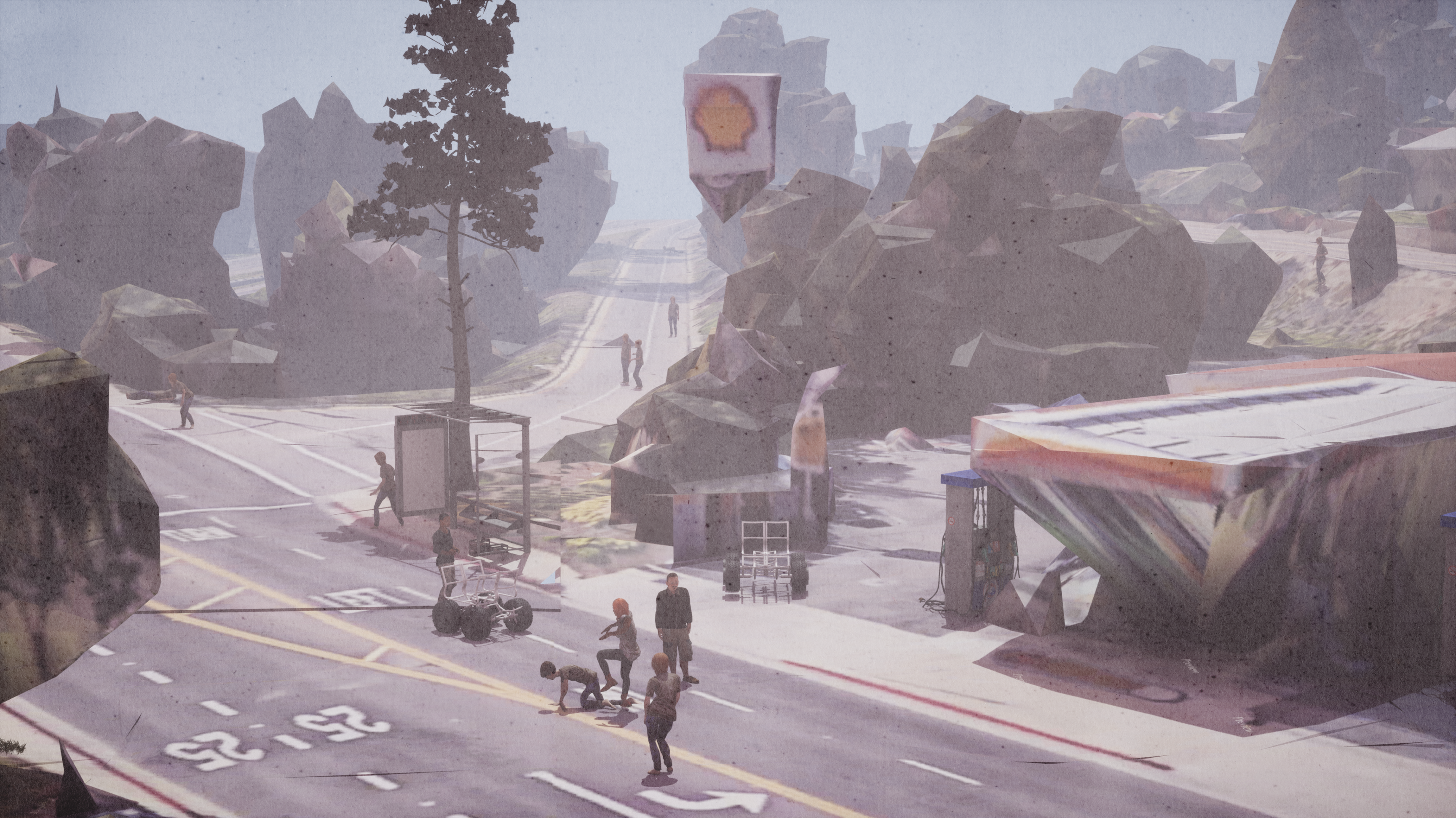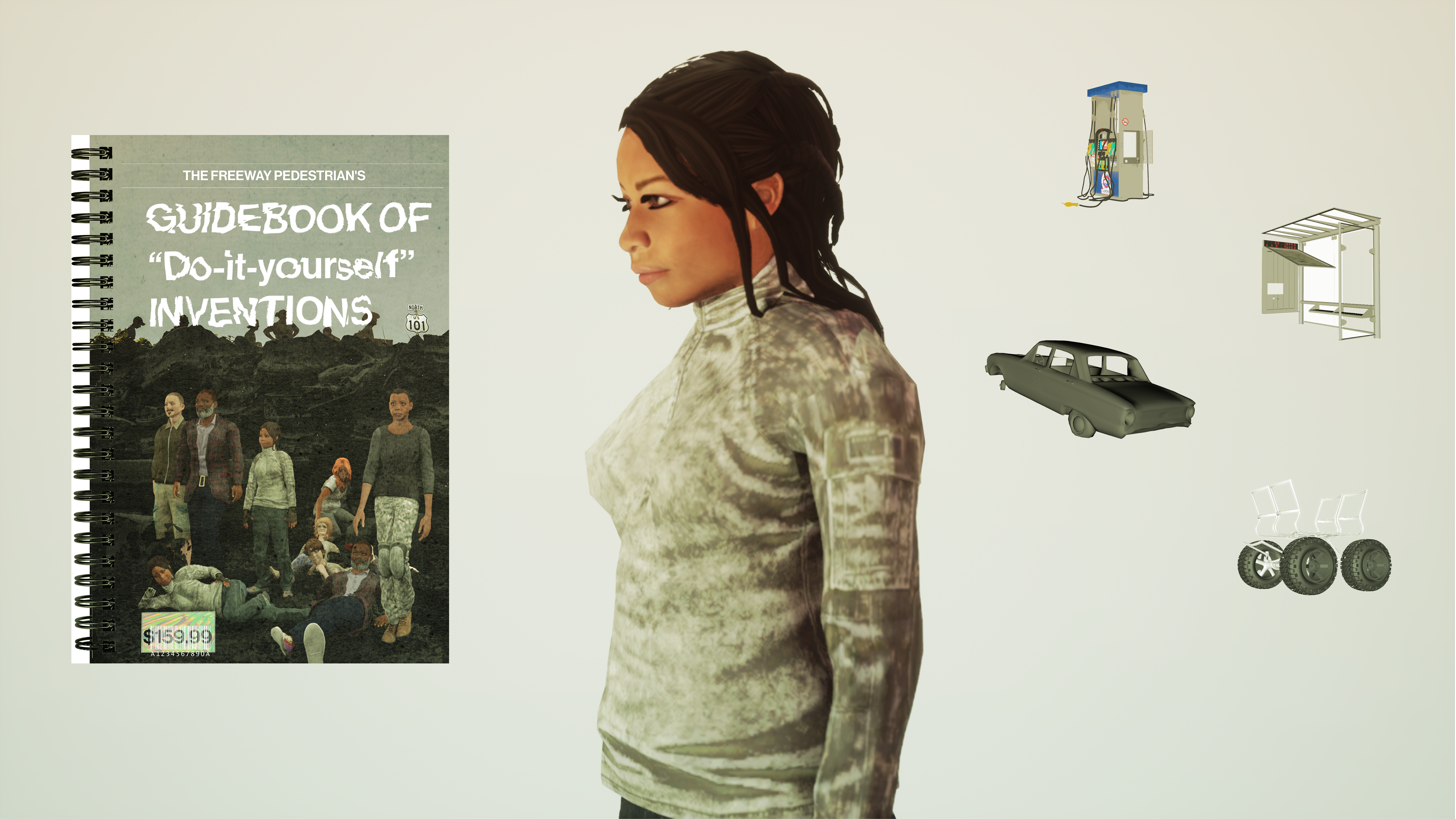PROFESSOR
KATHY VELIKOV
STUDIO
CLIMATE SF
Climate SF cultivates ways to think and work on the condition of climate change that go beyond the technological mindset of conventional environmental design.
The studio starts with stories that make worlds in the context of a changed climate. Climate SF novels by authors such as Ursula K. Le Guin, J.G. Ballard, Bruce Sterling, Octavia E. Butler, Margaret Atwood, Pablo Bacigalipi, Kim Stanley Robinson. We consider these texts not as futurisms but as “the realism of our time.” They critically explore not only the possibilities of technology but the political, social, ideological, and ecological systems within which it is entangled. We immerse ourselves in the worlds of these narratives as a design site and milieu. The work of the studio operates tendril-like, trading strings with these authors in multiple directions. If architecture is to think beyond its current condition, it is our prerogative to pull open the spaces of our world, to imagine alternative possibilities, to prototype these fragments, and to explore their implications.
In dialogue with each novel’s worldbuilding, its socio-political framework, and its environmental agency, students project, propose, and explore their novel's architectures, micro-architectures, and urbanisms in further detail. Student projects expand on the thought experiment of the novel through the media of design and material speculation. Drawing on the practices of “design fiction,” these are spatio-material experiments that develop new fragments of the possible; a possible existence within the societal context of a changed and rapidly changing climate.
︎︎︎BACK ︎
MARÍA ARQUERO DE ALARCÓN + ANA PAULA PIMENTEL WALKER**
Volume 01 + 02
CRAIG BORUM
Chen Huang
Yunyan Li
EL HADI JAZAIRY**
Judith Mendoza, Rosa Manzo, Tessa Broek
Renwei Liu,
Lu Li
MICK KENNEDY
Chun-Li Julie Chen
Ellis Wills-Begley
JEN MAIGRET
Nicolai Carlson, Megan Clevenger, Song Gao
Yuyan Wang, Xiangqi Wen, Haoyu Zhou
ROY STRICKLAND**
Kael Fineout
Victoria Wong
GEOFFREY THÜN**
Marco Nieto, Kady Cramer
Ian Eichensehr,
Jonathan Levitske,
John Lozinak
KATHY VELIKOV**
Gina Laudato,
Jasmine Wright
Fernando Rosas, Madison Wong
STUDENT WORK
GINA LAUDATO, JASMINE WRIGHT
“FUGITIVE AUTOMATA”
This video game catalyzes community building by encouraging players to explore and shape Octavia Butler’s “Parable of the Sower” inspired metaverse. Players capture everyday objects, project them into the game, and then back onto their surroundings again. Freeway Pedestrians quickly build alliances based on trust and sharing resources to make a repertoire of inventions that increases the group’s survival and tenure. Players can monitor their community alignment on the spectrum of builders to destroyers. The Guidebook of Inventions digitally and physically teaches survival tactics, social cues, and assembly techniques.









